Stained Glass
|
With many medieval churches, Norfolk contains more than its fair share of beautiful stained glass windows. |
|
An Introduction to Church Stained Glass Windows
|

The origins of stained glass windows probably came from jewelry making, and mosaics, when substantial church building began. Around the 11th century, decorative designs depicting Christ and biblical scenes were starting to be found in French, German and English churches. Glass is an unusual material; it is basically sand transformed by fire. Glass is given colour by adding metallic salts and oxides during its manufacture. These minerals within the glass capture specific portions from the spectrum of white light allowing the human eye to see various colours, it seems to capture light and glow from within, like a jewel. Gold produces stunning cranberry, cobalt makes blues; silver creates yellows, while copper makes greens and reds. In Norfolk we have the highest concentration of medieval churches in the world, and therefore it makes a great place to see some fine examples of medieval church stained glass windows. |
|
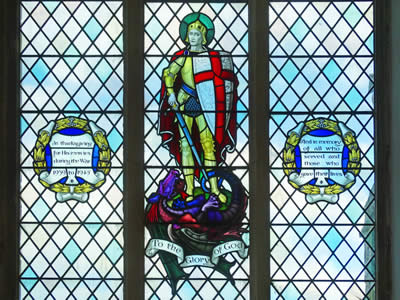
Stained glass window of an English Knight in Happisburgh Church |
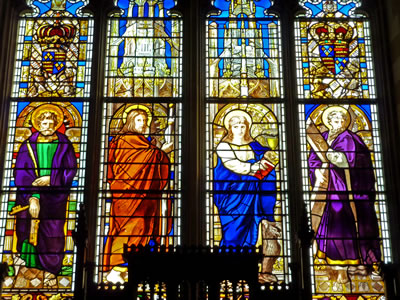
Aylsham Church Stained Glass Window |
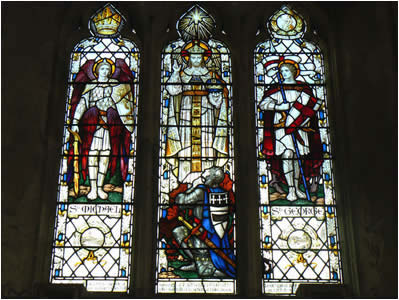
Stained glass window in Cley church |
 Holy Lord God Almighty
Holy Lord God Almighty at Coltishall Church |
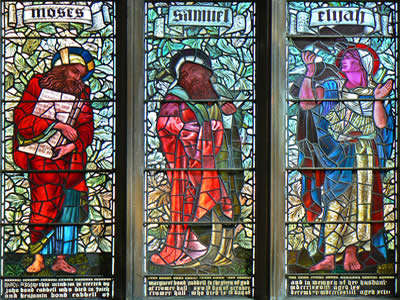
Moses, Samuel and Elijah inside Cromer church |
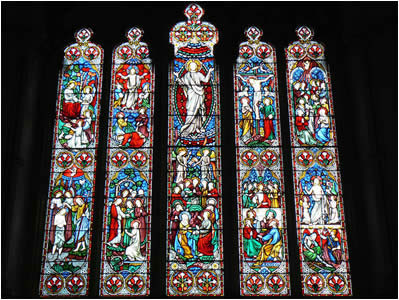
Detailed stained glass window in St. Mary's church Martham |
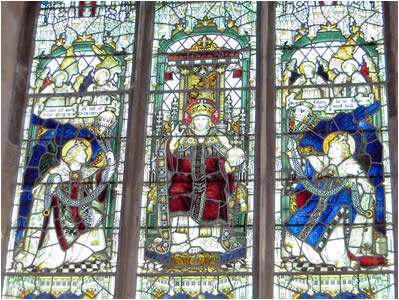
Mundesley church stained glass window |
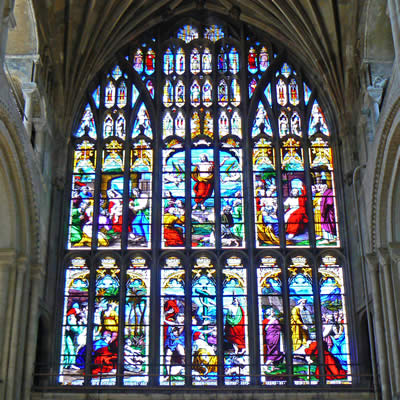
Norwich Cathedral Stained Glass Window |
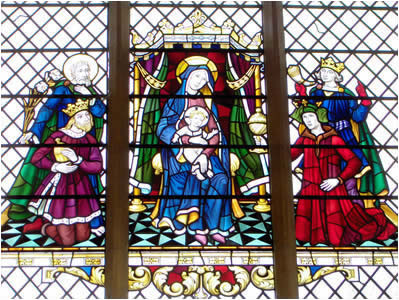
A Christmas scene in stained glass at Ranworth church |
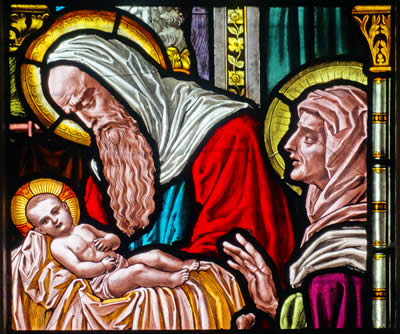
A stained glass harpist in St Mary's Reepham |
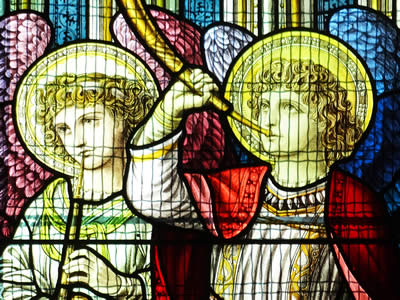
Stained glass musicians in Booton Church |

Stained Glass in Booton Church |
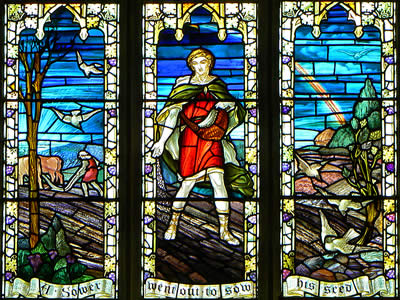
Stained glass in St. Mary's South Walsham |
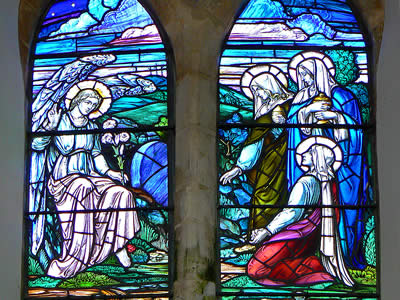
Stained glass windows in St. Mary's South Walsham |
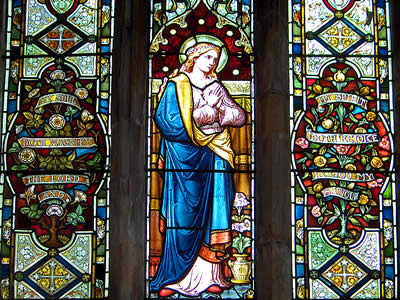
Stained glass window in Stalham church |
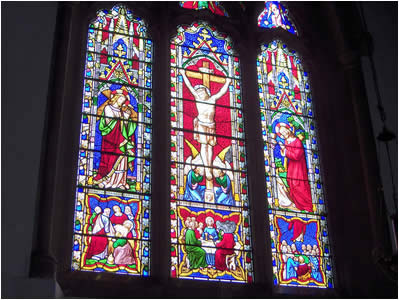 Jesus on the cross
Jesus on the cross in Wroxham church |

